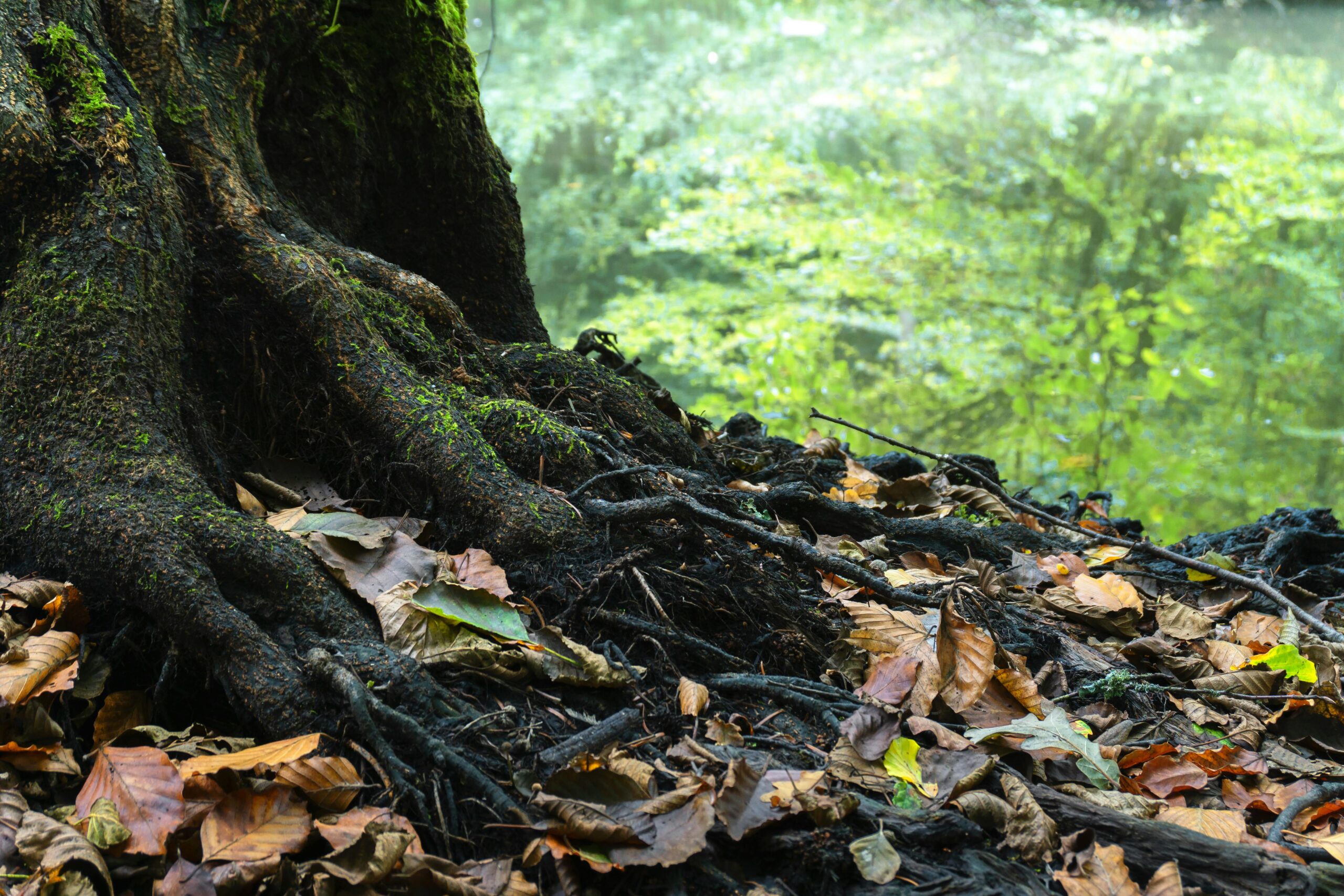The battle between beautiful trees and intact hardscapes is a common challenge for homeowners. When tree roots begin damaging driveways or lifting walkways, the resulting cracks and uneven surfaces create both safety hazards and curb appeal issues. This article explores the causes of tree root damage to concrete and paved surfaces, preventative measures like root barriers, repair options, and when to consult with professionals to resolve these conflicts between nature and your home’s infrastructure.
Understanding Why Tree Roots Damage Hardscapes
Tree roots naturally grow toward sources of water and nutrients. When planted too close to driveways, sidewalks, or patios, roots will eventually extend beneath these surfaces. As roots thicken and grow, they exert tremendous pressure from below, causing walkways to lift and concrete to crack. This problem is especially common with species that have aggressive, shallow root systems such as maples, oaks, and willows. The damage typically worsens over time, with small cracks expanding into major structural issues that can create tripping hazards and affect your property’s drainage patterns.
Compounding the problem is the fact that concrete and pavers create a moisture barrier, forcing precipitation to run off their edges. Tree roots sense this moisture concentration and grow toward it, often following the underside of your hardscape and causing even more extensive lifting and cracking. Many homeowners don’t realize that tree roots damaging driveways isn’t just an aesthetic concern – it can significantly reduce the lifespan of expensive hardscape investments.
Preventive Measures to Protect Your Hardscapes
Prevention is always more cost-effective than repairs when dealing with root damage. If you’re planning new landscaping or hardscape projects, consider the mature size of trees and their root systems before deciding on placement. Experts recommend planting trees at least 10-15 feet away from any paved surface, with larger species requiring even greater distance.
For existing landscapes, installing a root barrier is one of the most effective ways to prevent tree root damage to concrete surfaces. These barriers are typically made from thick plastic or metal sheets that are installed vertically in the soil between trees and hardscapes. The root barrier installation cost generally ranges from $15-$30 per linear foot, depending on depth requirements and material quality. While this represents a significant investment, it’s substantially less than replacing an entire driveway or dealing with foundation issues caused by invasive roots.
Another preventive approach involves selecting appropriate surface materials. Flexible pavements like brick pavers or rubber sidewalk systems can accommodate some root growth without cracking. These materials allow for easier repairs if damage does occur, as individual sections can be lifted, the roots addressed, and the surface reinstalled without replacing the entire structure.
Repairing Existing Root Damage
When you’re already facing a driveway with tree root damage, you have several repair options. For minor lifting where the concrete remains intact, mud jacking (also called slab jacking) may provide a temporary solution. This process involves pumping a mixture under the concrete to raise and level the surface. However, this doesn’t address the underlying root problem, so it’s often a short-term fix.
For more substantial walkway lifting from tree roots, removing and replacing the damaged section might be necessary. This repair approach provides an opportunity to address the root issue directly. Professional contractors can carefully remove the damaged concrete or pavers, prune problematic roots (with an arborist’s guidance to avoid harming the tree), install a localized root barrier, and then replace the surface material.
Sometimes, the best solution is to redesign the hardscape to accommodate the tree. This might involve creating curved pathways around major root systems or switching to more flexible materials that can adapt to root movement. You can find experienced professionals who specialize in these creative solutions on AskHomey, where local experts can provide customized recommendations for your specific situation.
When to Call in the Professionals
While minor repairs might be suitable for DIY enthusiasts, significant repair work often requires professional expertise. An arborist should be consulted before cutting any substantial roots, as improper pruning can destabilize trees or introduce diseases. Removing more than 25% of a tree’s root system can seriously compromise its health and structural integrity, potentially creating a hazardous situation.
Similarly, hardscape professionals have specialized equipment and experience for properly removing and replacing damaged surfaces. They can ensure proper compaction of the base material and adequate drainage, both critical for preventing future issues. The cost to repair driveway tree root damage professionally varies widely based on the extent of damage and your location, but investing in proper repairs typically saves money compared to repeated DIY attempts.
In cases where tree removal becomes necessary, remember that stump grinding is essential to prevent continued root growth. Even after a tree is cut down, its root system can remain active for years, continuing to cause damage if not properly addressed.
For more tips and to connect with reliable home service professionals, follow AskHomey on Facebook and Instagram.



